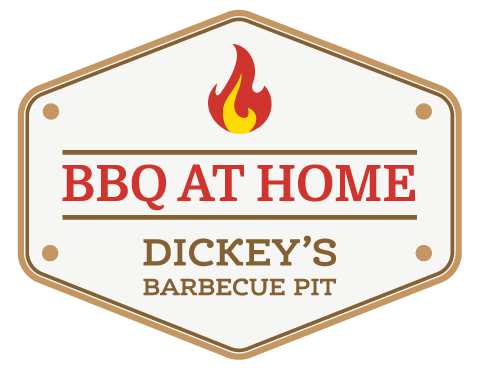It’s hard to imagine a time when barbecue wasn’t a well-known cuisine. Unfortunately for food lovers from before the 20th century, barbecue is a relatively recent commercial product. It was only served on occasion at a large-scale. Often, it was served at large gatherings where entire animals were cooked outdoors in open pits.
These gatherings were often for large celebrations like the Fourth of July or other big events. It wasn’t uncommon for large pit-cooked animals to be the main spread for political campaigns as well. There wasn’t a true trend for where BBQ spreads were first served, but typically, it was uncommon.
A Brief Breakdown
As America became more urban, many cooks started to sell slow-smoked meats more regularly. Often, it was sold on side city street corners or small city squares. There were also “pop-up” locations that existed over the weekend.
These frequently belonged to farmers who arrived in town with their own pigs, which they then slaughtered and sold. These “pop-up” locations were often operated out of temporary structures like sheds or tents.
Clearly, the first barbecue stands were pretty informal, but from humble beginnings stemmed permanent structures and barbecue smokehouses that we see today. Soon, operators were able to offer a regular choice of various cuts of meats.
With BBQ’s growing popularity, chefs and barbecue entrepreneurs were able to buy meat from local packing houses instead of slaughtering their animals themselves. Soon after, restaurateurs were able to start buying individual cuts of choice, like shoulders, hams, chops, etc., instead of buying/slaughtering the entire pig.
Since the early BBQ restaurateurs were more focused on requesting the more popular cuts of the time, local packers ended up with a surplus of spareribs. With these cheap cuts on hand, we were happy to push these cuts out for less. The packing houses had a difficult time selling this cut of ribs; however, that didn’t last forever, as we know today.
Despite the common thought that St. Louis invented the popularity of the rib, there is no historical record that can pinpoint any particular region that popularized barbecue ribs. However, if you listen to Roland Dickey Jr. in this video, he’ll explain how the St. Louis Style cut came to be. In short, Roland Dickey Jr. states that the reason we call the cut “St. Louis style” is due to the fact that many of the packing houses in the country were concentrated in the area.
Pork spareribs became popular between the 1930s and 1960s. By 1930, ribs could be found at many barbecue stands across the country. Post-World War II, ribs even became a more “high-end” menu item because of diner’s desires to enjoy the delicious meat without having to go to barbecue stands but instead enjoy it at a nice sit-down dinner.
Backyard party goers also wanted to enjoy some nice cuts of the ribs as well. In the 1950s, they had become one of the most popular cuts of meat for outdoor cook-out pros. This only added to the popularity and desire for the rib cut. Ironically enough, 100 years ago, packing houses would have had a hard time giving the cut away.
So, what are St. Louis Style Ribs?
In the 30-year period where St. Louis-Style Ribs were emerging in popularity, the coined name was developing as well. Despite the common misconception, the actual name for St. Louis style doesn’t actually originate from the marination or rubs; it’s just the type of cut of the meat. It just indicates the specific type of cut for the pork ribs. It had nothing to do with the marinating or cooking method; it was simply the trimming of the meat to look pretty during presentation.
On a full rack of ribs, you’ll see that they have an oblong shape to them with additional smaller pieces (the knuckles) along the top. Butchers in the packing houses started to cut down the full racks to have a more box-cut of meat by removing the short, pointed end of the rack that was a little bit past the 13th bone. The result of this cut execution was a long, squared-off slab. It made it easier for consumers to enjoy meat without a lot of cartilage and smaller bits of bone.
You can also find more helpful pit master tips on our YouTube channel. We love growing our barbecue community, so don’t forget to post pictures of your next backyard BBQ where you show off your delicious St. Louis-style ribs. Tag us on Instagram or Facebook so we can vicariously enjoy the deliciousness!
